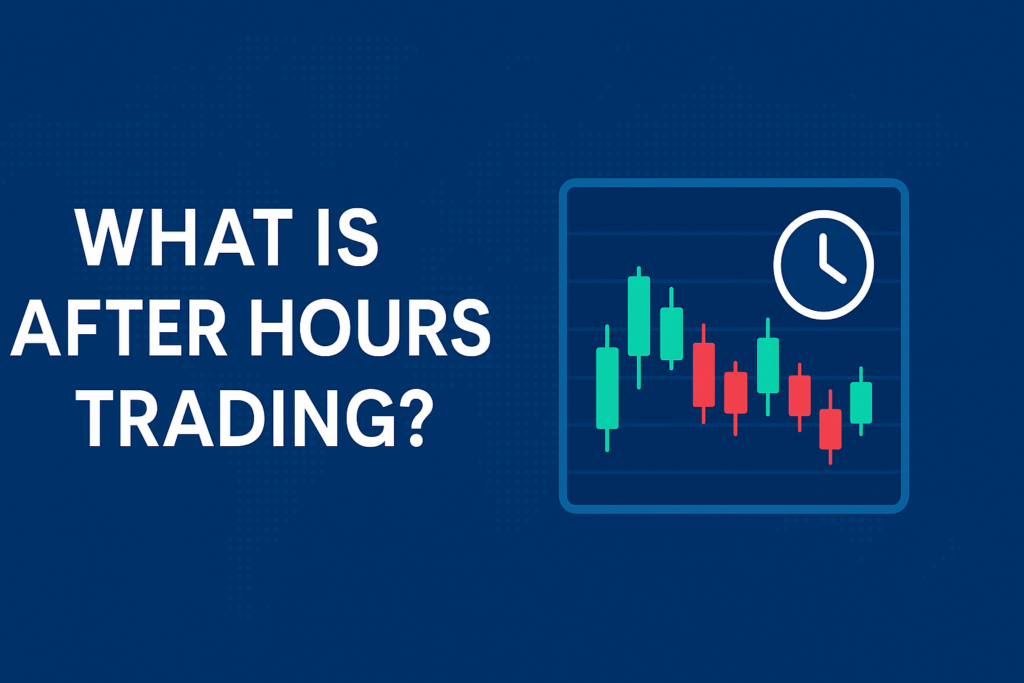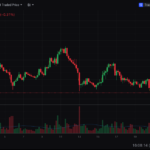When the closing bell rings at 4:00 PM (ET) on Wall Street, many believe the trading day is over. But in reality, the markets don’t sleep — they just shift into a different mode known as after-hours trading.
In this post, we’ll explain:
- What after-hours trading is
- Who participates in it
- Why it’s both an opportunity and a risk
- And how to approach it smartly
🕔 What is After Hours Trading?
After-hours trading refers to the buying and selling of stocks outside the standard market hours — typically from 4:00 PM to 8:00 PM (ET).
These extended hours are offered by electronic communication networks (ECNs), allowing investors to react to breaking news, earnings reports, or global events that occur after the official close.
👥 Who Trades After Hours?
Mostly:
- Institutional investors reacting to earnings or economic data
- News-driven traders trying to front-run morning gaps
- Retail traders using brokerages that support extended hours
Not all brokers allow after-hours access, and liquidity is often lower, meaning you might not get the prices or execution you’re used to during the day.
⚠️ Why It’s Risky
While after-hours trading offers more flexibility, it comes with serious drawbacks:
| Risk | Description |
|---|---|
| Low liquidity | Fewer buyers and sellers → harder to exit trades |
| Wider spreads | The difference between bid/ask can be much higher |
| Increased volatility | Small trades can move prices quickly |
| No circuit breakers | Wild swings can happen without protections |
Example:
📉 A company reports strong earnings at 5:00 PM. Stock jumps 8% in after-hours. But by morning, analysts downgrade the stock — and it opens flat or down. Many get trapped chasing the news.
🧠 Smart Tips for After Hours Trading
- Use limit orders only – never use market orders
- Trade lightly – lower volume = higher risk
- Avoid chasing news spikes
- Track extended hours volume before entering
- Watch how major players react, not just the headline
🚀 Bonus Tip: Want After Hours Signals?
We monitor earnings, volume shifts, and key after-market reactions — and send real-time updates to our Telegram community.
👉 Discord to get early signals and market-moving news before the crowd wakes up.
📌 Final Thoughts
After-hours trading is like sailing in the dark: it can be rewarding, but only if you know where you’re going. For smart traders, it’s an edge. For careless ones, it’s a trap.
Know the difference.







